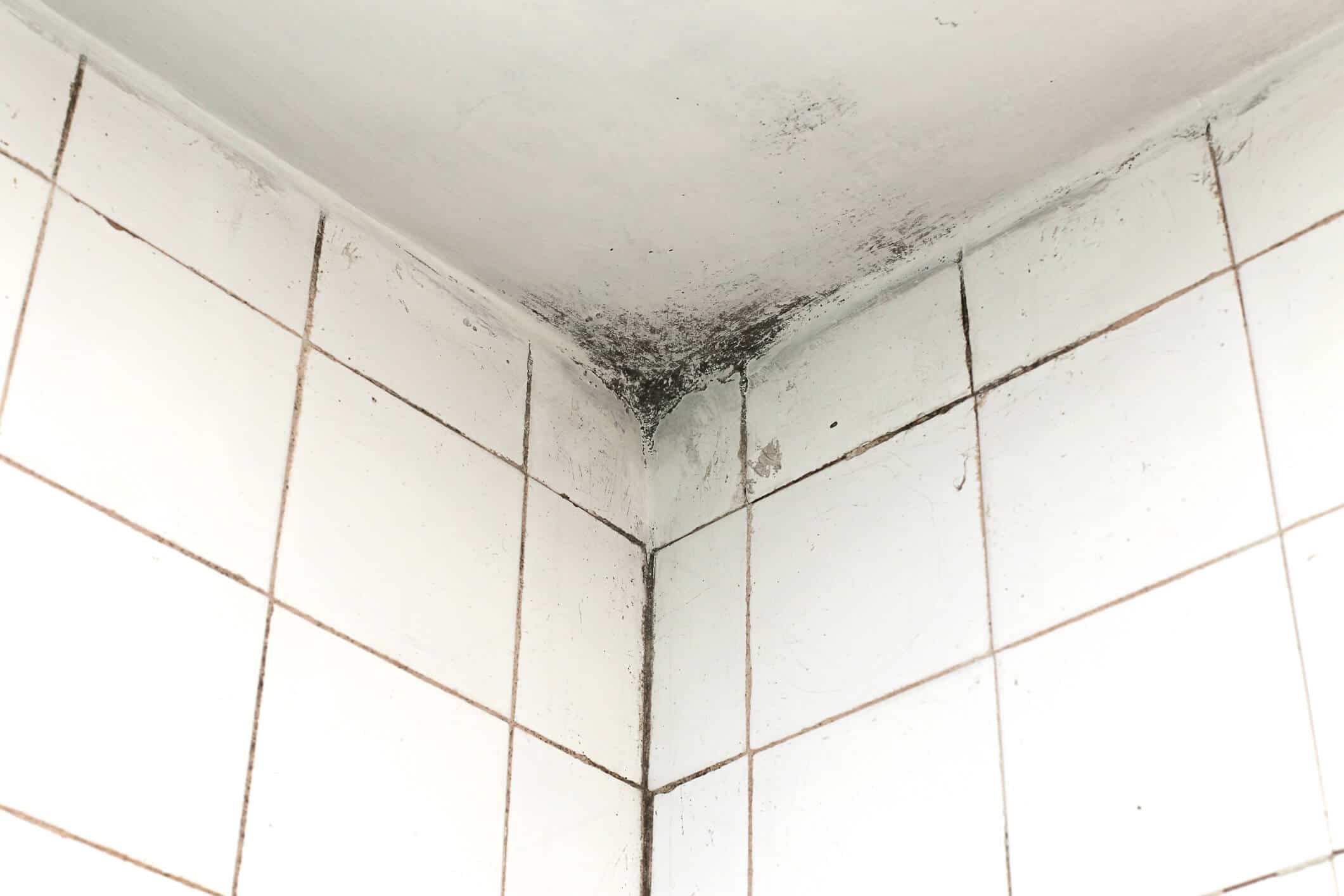How to prevent mold in bathroom with and without fan

Stopping the Spores Before They Spread
Preventing mold in your bathroom is a very important safety concern. Mold fungus is unsightly, unhealthy and ruins your bathroom walls and ceiling. Your washhroom is one of the dampest rooms in your home, which provides the perfect environment for black mold fungus to cultivate.
The fact that heat and moisture is habitually generated in your lavatory itself encourages mold growth as these contributing environmental factors provide textbook conditions for mold spores to flourish.
If you have small children or a family member with asthma or allergy problems, preventing mold and mildew in your lavatory is vital for their health and for the way your bathroom walls and ceiling looks.
Read more: All about Tub Faucets
Save Yourself From an Expensive Demolition
What you have to look out for is, if neglected, bathroom mold will likely spread internally through your walls, ceilings, and floors and this damage could lead to an extremely expensive bathroom reconstruction project. That is why it is important that you learn how to identify and eliminate mold from your bathing facility.
One of the key factors for fighting the black mold fungus in your washroom is frequent inspections and maintenance of your bathroom fixtures to prevent unnecessary water damage that can potentially lead to mold growth.
The first step in mold prevention is to ensure your bathroom is dry and well ventilated after each shower. You can even use a humidity meter to stay on top of things after showers. Your goal is to keep the humidity levels below forty to forty-five percent.
Read more: Japanese Bathtubs: An Emerging Bath Trend
Adequate Ventilation is the Best Defense
With adequate air circulation from your bathroom fan or an open window, your bathroom humidity levels should drop below 45 percent within 5-10 minutes from the minute you finished your shower and this should hinder any mold growth.
Regular shower and bathtub maintenance is your first line of defense against mold spores. Fix those faucet leaks. Turn on the fan while showering and keep it on for about 20 minutes after each shower.
Ensure your bath surface on your bathtub, floors, walls, and ceilings are clean and dry as much as possible. If you have a shower curtain, to prevent mold where it is very likely to grow in the folded moist sections, be sure to stretch out your bathtub curtain after using the bathtub to allow the curtains surface to completely dry.
Read more: A New Ventilation System Can Make Your Bathroom More Comfortable and Attractive
Proper ventilation and your bathroom’s unobstructed airflow allow air to circulate freely in and out of your lavatory, these are key steps in keeping low humidity levels in your loo and prevent mold to occur.
It should also be common sense to open windows and doors right after taking a shower to allow air to circulate and evaporate any excess moisture left behind.
Most modern bathrooms have an exhaust fan built-in but if your bathroom is a new addition in your basement and you didn’t install an exhaust fan yet, do so as soon as possible as this is a prerequisite for preventing mold build-up.
Turn on the exhaust fan while taking a bath or shower and leave it working for 10-20 more minutes after finishing using the bathroom to allow the bathroom to dry completely.
Regular Maintenance of Fixtures Inhibits Water Damage
Regular scheduled cleaning and maintenance is important to prevent water damage and mold. Regular checks of your fixtures will also help detecting potential lavatory problems before they become a lot more expensive to fix.
Pipe drains and fittings must be kept in good shape. Allow your bathtub to drain completely and unclog drains by removing all hair and debris. The use of drain openers from time to time will also help you along the way.
Read more: How to Remove an Old Vanity in Your Washroom
Regular maintenance of your tile and grout and the application of stone sealants all help in the defense against mold in your bathroom. Semi-gloss paint on your bathroom walls presents a harder surface for mold to grow on.
Bathroom mold is unsightly, unhealthy and ruins your walls, using these precautions you can prevent mold from taking a hold in your bath space.
